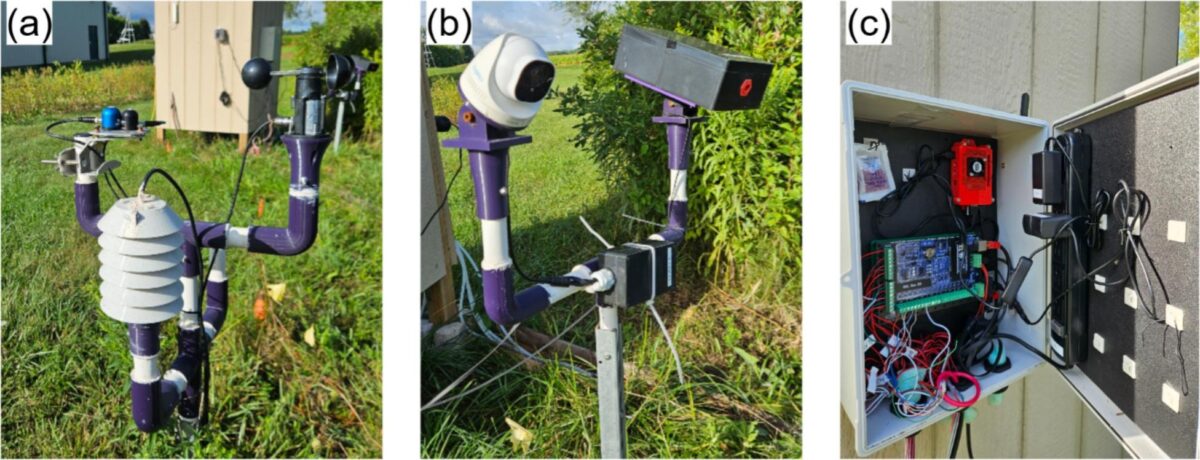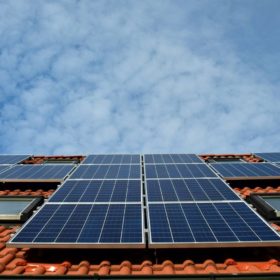Researchers from Western University in Canada, in collaboration with Jericho Lab, a provider of environmental monitoring solutions, have developed a novel open-source modular monitoring platform for long-term outdoor solar PV experiments.
Named Jericho Open Resistive Data Logger (RDL), the system is claimed to bridge the gap between low-cost, do-it-yourself (DIY) devices and high-cost, proprietary data acquisition systems (DAQs).
“We worked with Jericho Lab to further develop their RDL commercial product to make a state-of-the-art solar photovoltaic monitoring system at a fraction of the cost of proprietary DAQs on the market,” corresponding author Joshua M. Pearce told pv magazine. “This system is primarily set up for agrivoltaics projects, a field that is really in its infancy in Canada. Therefore, there are a lot of new types of systems to explore.”
In a hardware article, the group provided precise details on how to set up the system and has also published its source file repository. The Jericho Open RDL (JOR) is composed of three central systems: the data acquisition and processing hardware; the sensor array for experimental measurement; and the embedded software framework responsible for system operation, sensor-to-DAQ communication, and management of local data storage.
The data acquisition and processing platform consists of an RDL paired with an I2C extension shield, an Arduino Nano microcontroller, a Raspberry Pi 4 single-board computer, and the necessary structural and electrical fixtures that support the central hub’s operation.
The platform utilizes air temperature, humidity, solar irradiance, wind speed, and PV temperature sensors. It also includes visible light and infrared image cameras, as well as a Hall-effect transducer for measuring direct current. Furthermore, the group has 3D printed connectors, housings, shields, and brackets.
“The Raspberry Pi runs 64-bit Pi OS and executes Python 3 scripts alongside the Arduino firmware. It handles USB serial input, image capture, system monitoring, and data organization. The architecture provides a modular framework in which additional sensors or services can be incorporated with minimal change to existing processes,” the academics explained. “Firmware on the Nano comprises variable declarations, initialization, and a continuous acquisition loop. User parameters and programmer parameters reside in EEPROM and are loaded at boot.”

In total, the system’s parts had a total price tag of CAD 2,827.74 ($2,020.21). The most expensive item was a thermal camera with an ABS enclosure, priced at CAD 999, followed by a silicon cell pyranometer at CAD 582.62 and a Reolink camera with an ABS enclosure at CAD 199. The JOR was verified in two ways: against the commercially available smart sensor Lufft WS 501 to ensure accuracy and precision, and against a second JOR to evaluate inter-device performance consistency.
Data for the comparison with the Lufft were collected between August 22 and August 26, 2025. The inter-device comparison was acquired from July 4 to July 11, 2025. All tests were conducted outdoors at the Environmental Sciences Western Field Station as part of Western Innovation for Renewable Energy Deployment (WIRED) outdoor experiments in Ilderton, Ontario, Canada.
“Statistical comparison of irradiance, relative humidity, temperature, and wind speed was benchmarked against a proprietary system and found to be well within acceptable differences for validation, although wind speed was found to have the highest deviation,” the researchers stated. “Two independent open-source units confirm excellent inter-device repeatability across all measured variables.”
Concluding, Pearce said that “it was refreshing to work with an industry partner that was looking to push science forward and help us get the best data possible. We are currently deploying ten of the RDLs in a wide range of agrivoltaic, floatovoltaic, and H2 generation applications, and BIPV experiments. We are using them to test new open-source PV racks and new types of agrivoltaics.”
The system was described in “Jericho open resistive data logger: An open-source modular weather station and monitoring system for long-term solar photovoltaic outdoor experimentation,” published in HardwareX.
This content is protected by copyright and may not be reused. If you want to cooperate with us and would like to reuse some of our content, please contact: editors@pv-magazine.com.








By submitting this form you agree to pv magazine using your data for the purposes of publishing your comment.
Your personal data will only be disclosed or otherwise transmitted to third parties for the purposes of spam filtering or if this is necessary for technical maintenance of the website. Any other transfer to third parties will not take place unless this is justified on the basis of applicable data protection regulations or if pv magazine is legally obliged to do so.
You may revoke this consent at any time with effect for the future, in which case your personal data will be deleted immediately. Otherwise, your data will be deleted if pv magazine has processed your request or the purpose of data storage is fulfilled.
Further information on data privacy can be found in our Data Protection Policy.